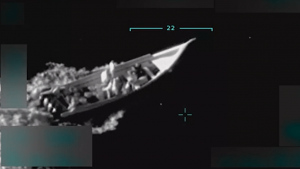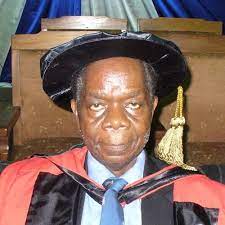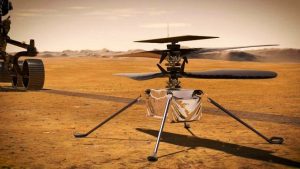Air India’s Boeing 787 dreamliner departing Ahmedabad Airport, India, for Gatwick Airport, London, crashed 32 seconds after takeoff on 12 June, 2025, killing 260 people.
There were 241 people on board – 230 passengers, 12 crew – and 19 people on the ground in a medical college hostel.
One passenger survived the crash and 68 people on the ground sustained injuries.
The aircraft registered as VT-ANB was on routine mission as Flight 171.
Surface winds at the airport were mild at 6 knots, no clouds and visibility was 6 kilometres.
The aircraft rolled out and took off at normal 155 knots (178 miles per hour) speed.
India’s Aircraft Accident Investigation Bureau, joined by related international authorities, commenced investigation immediately.
On 12 July, 2025, a preliminary report was released.
The two engines shortly after liftoff failed to provide thrust.
There was no fuel contamination, no mechanical or electrical fault detected, nor bird strike, and the flaps were properly deployed for takeoff.
The undercarriage had not been retracted.
The RAT, an emergency power backup device under the right wing of the aircaft, was automatically deployed as it ought to during a major electrical or hydraulic failure or dual engine failure.
The Boeing 787 dreamliner entered commercial service in 2011, and has not had any fatal accident before now. It can fly on just one engine.
The Voice Data Recorder, VDR, which records all sounds in the cockpit and the Flight Data Recorder, FDR, which records technical information, were of great help in the investigation.
One of the pilots was heard asking the other why he turned off the fuel switches, with him responding that he did not.
The FDR showed that one switch was turned off, and the other switch, one second later.
An inexplicable electrical jolt being the culprit could have turned them together.
Just 10 seconds after, the switches were turned back on to the Run Mode by one of the pilots.

Fuel to both engines was restored and they re-lit; the first engine spooled up, but the second engine did not recover.
This was at a low altitude of about 600 feet and the airplane crashed after a flight of 32 seconds.
The fact that the undercarriage had not been retracted yet, increased drag and may have contributed to the aircraft not recovering on one engine, even at the low altitude.
But again, it was too early in the flight to retract the tyres.
A shout of May Day, May Day, May Day was heard in the VDR before the crash.
The Captain, 56-year-old Sumeet Sabharwal, had 15,638 flying hours experience, and the First Officer, 32-year-old Clive Kunder, had clocked 3,403 hours. Both were hugely experienced and were breatherlysed, as routine, just before the flight.
The fuel switches have guard brackets and a stop-lock mechanism and, so, cannot be turned on or off accidentally. They are also spring-loaded.
To engage, a fuel switch must be lifted with two fingers, moved into position, and then released.
Were the fuel switches in Air India 171 then turned off intentionally, and why?
Was the crash an accident, or was it a conspiracy?
The full report is eagerly awaited after this preliminary report.











